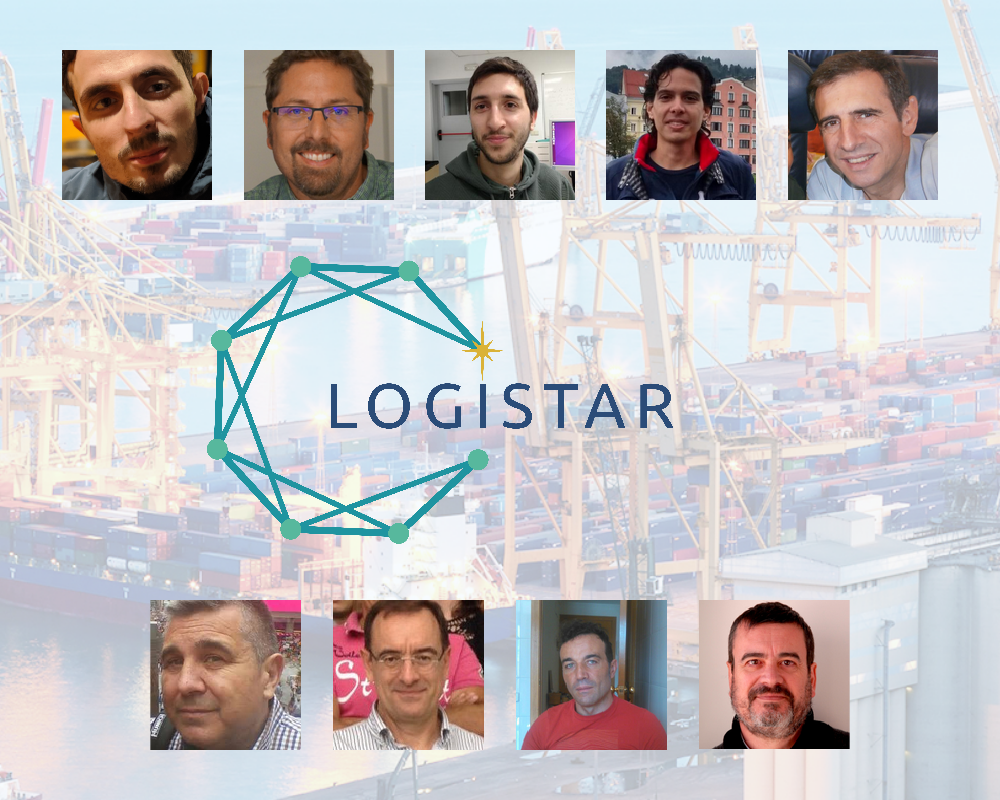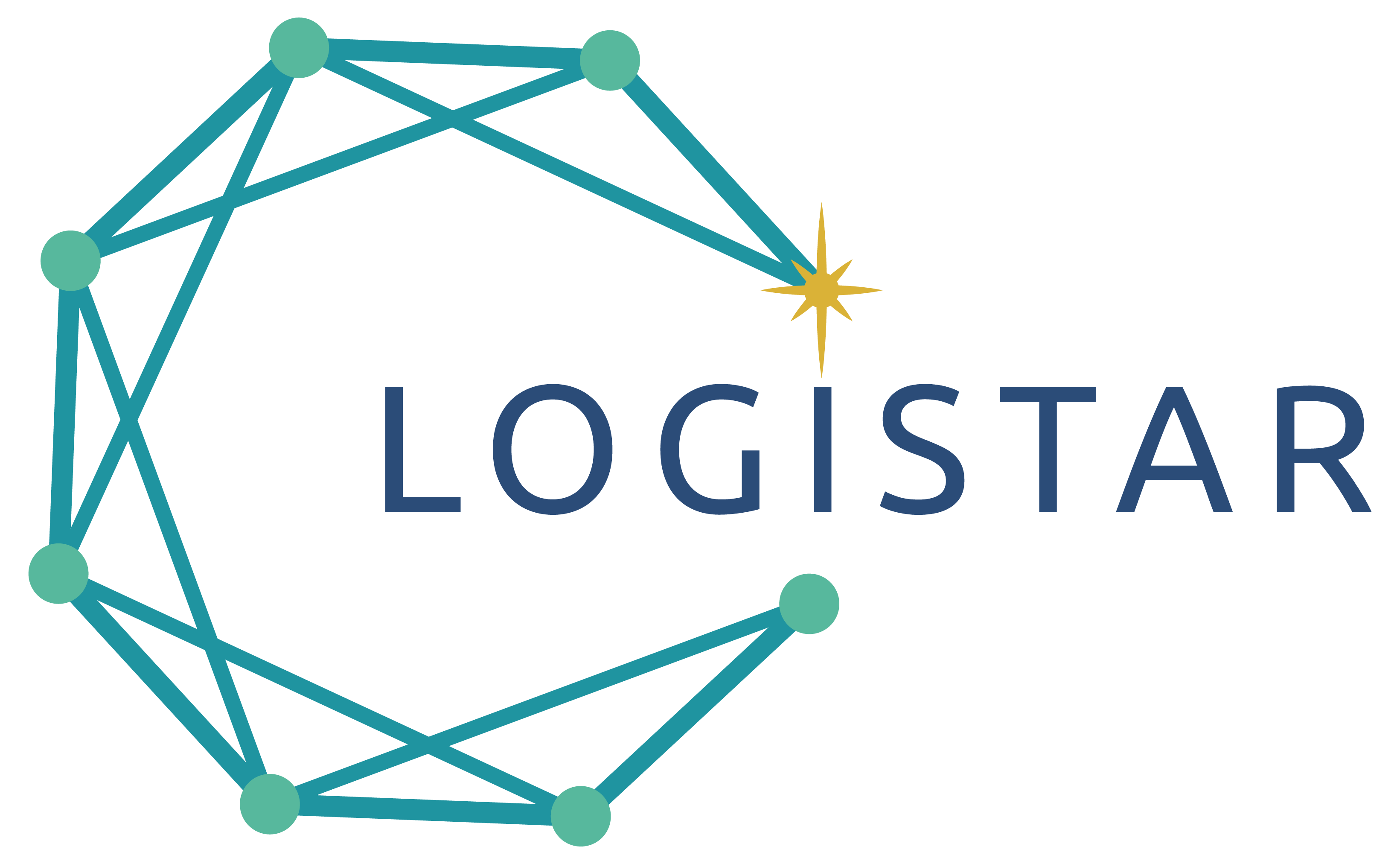CSIC
CSIC

The Spanish National Research Council (CSIC) is the largest public institution dedicated to research in Spain and the third largest in Europe. It belongs to the Spanish Ministry of Economy and Competitiveness through the Secretary of State for Research, Development and Innovation. It has a staff of more than 13,000 employees, among these about 3,300 are permanent researchers and about 4,300 are pre- and post-doctoral researchers. The CSIC has 70 fully own institutes or centres distributed throughout Spain. In addition, it has 53 Joint Research Units with universities or other research institutions. There is also a delegation in Brussels and Rome. CSIC has considerable experience in both participating and managing R&D projects and training of research personnel. Under the 7th Framework Programme CSIC has signed 718 actions (including 97 coordinated by CSIC, 47 ERC projects and 179 individual Marie Curie Actions). Funding wise, CSIC is listed the 1st organisation in Spain and the 5th in Europe in the 7th Framework Programme, with a total FP7 contribution of over 260 million euros.
Within the LOGISTAR project, CSIC implemented an automated negotiation system that allows finding co-loading and backhauling opportunities without the need for the involved logistics companies to disclose any sensitive information regarding their cost model, not even with a trusted central server. Instead, in CSIC’s system, each company is represented by its own software ‘agent’. These agents work in two stages: in the first stage each agent tries to find a large set of potential backhauling and co-loading opportunities based only on its own company’s cost model. Then, in the second stage, the agents of all these companies will together engage in a process of automated negotiation to negotiate which of these solutions should in the end be implemented.
Furthermore, CSIC implemented a re-optimization system that allows the LOGISTAR platform to react to unexpected events (such as road blockages, incidents, vehicles unavailability, etc.) so as to calculate a new feasible solution to the optimization problems considered in the various Living Labs without having to recompute everything from scratch, hence avoiding a potential waste of precious computational resources and time.

